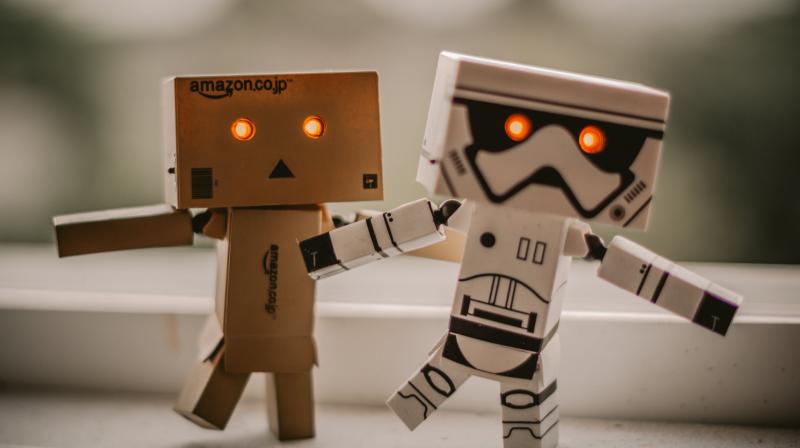As Google’s AI drops gender labels like 'man', 'woman', Microsoft, IBM under great pressure

Gender rights campaigns have forced tech companies developing artificial intelligence such a Google to drop gender labels in images of individuals, and instead utilize the term ‘person’. Following Google’s announcement on compliance the other day, Microsoft, IBM and Amazon are actually under great pressure to also tweak how AI labels photographs of people.
Admitting it was extremely hard to recognize the gender of a person by appearance, Google said its image classification service Cloud Vision API would stop categorising persons under gender labels.
“Google's move sends a note that design choices could be changed. With technology it really is easy to think some things can't be changed or are inevitable. This is not necessarily true,” AI expert Joy Buolamwini, a computer scientist at MIT, was quoted as saying by Business Insider.
The report said Buolamwini had a primary influence on Google’s decision.
"I would encourage all companies including the types we've audited to reexamine the identity labels they are employing as demographic markers,” Buolamwini said referring to Amazon's Rekognition, IBM's Watson, and Microsoft's Azure facial recognition, amongst others that she examined in her research published in 2018.
The findings showed that the AI tools employed by Microsoft and IBM were much more likely to misidentify the gender of dark-skinned women. This also brought into focus labelling by race, class and disability.
Another argument is that at the same time when one chooses to belong to a certain gender, AI should never box them into pre-set classifications. “All classification tags on humans ought to be opt-in, consensual, and revokable," associate professor of MIT Sasha Constanza-Chock was quoted as saying by Business Insider.
Giving a good example, she said transgender Uber drivers were being locked out of the ride-hailing software because their appearance no longer matched images on record.
